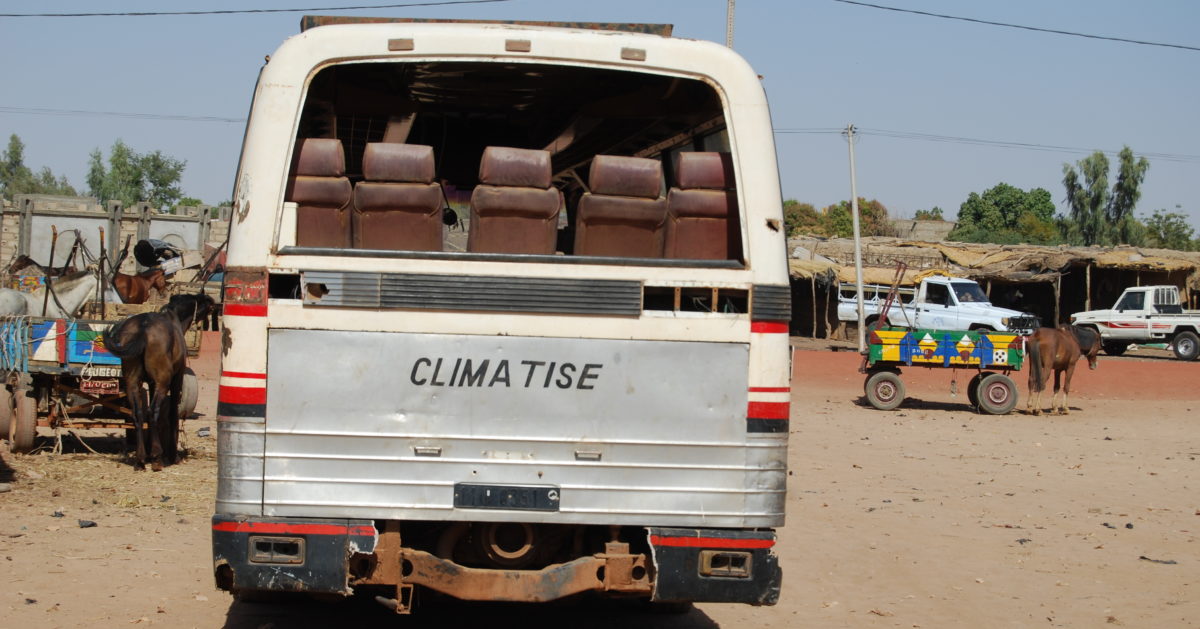
The Il Chamus or Njemps tribe still exist as they did thousands of years ago fishing in the spectacular lake Baringo using a hand made rafts made of reeds….not a new invention but still something very innovative and obviously successful otherwise it would have been abandoned centuries ago. They are unique people, though linguistically related to the Masai and Samburu, they have broken from tradition and also fish which is taboo among the Maasai tribes who will not even touch let alone eat fish.

The raft is made from reeds called ambatch harvested from the shores of the lake and it takes only a day to build one. The balsa wood reeds are strung together and tied using sisal fibres and paddles are traditionally made from planks of hand sized planks of wood. Today most fishermen used plastic pieces cut from used jerry cans. The rafts last for over a year and though they look flimsy and unstable, they are well adapted to the lake which is very flat and calm. How but how they escape from the hundreds of hippos is anyones guess.
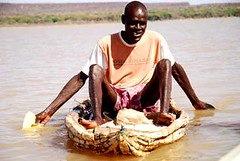
Living on the islands in the middle of Lake Bogoria boats are critical or the survival of the Il Chamus. Each boat seems to be one man outfit and men have carved out territories on the lake in which they fish. Each fisherman works in the early morning hours and using line and nets, he catches a variety of small carps and lungfish for home and sale to passing people. In a day one man can catch only a handful of fish and will earn about US $1.50 through sales. The Il Chamus are one of a handful of tribes left in the world that use this kind of traditional method of fishing.
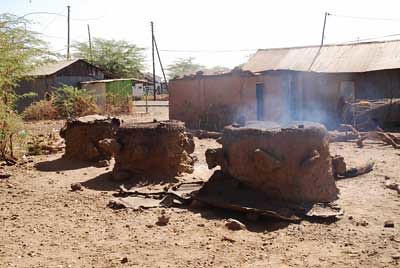
To preserve fish they are smoked in traditional smoking houses. Fish are laid on top of the wire mesh and smouldering charcoal from wood of various indigenous species of trees are placed in the entrance.
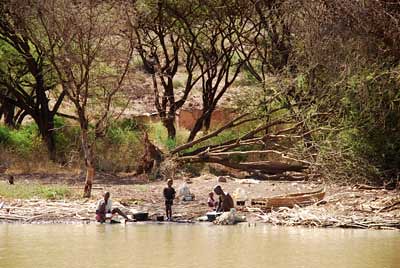
Il Chamus are agro pastoralists and still live a very basic lives. They move their livestock from islands to mainland – but their rafts can carry goats and sheep but not cattle so they simply drive cows into the water forcing them to swim across the lake, which is 8 m deep. The herd is guided them from rafts.
If you live in Kenya and haven’t been out to Lake Baringo – you are missing an amazing piece of living pre-history.
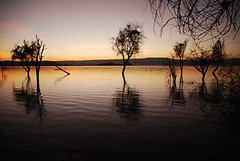
There’s hardly any information available online on this amazing tribe – if you have any or know where to find more information please let me know.

